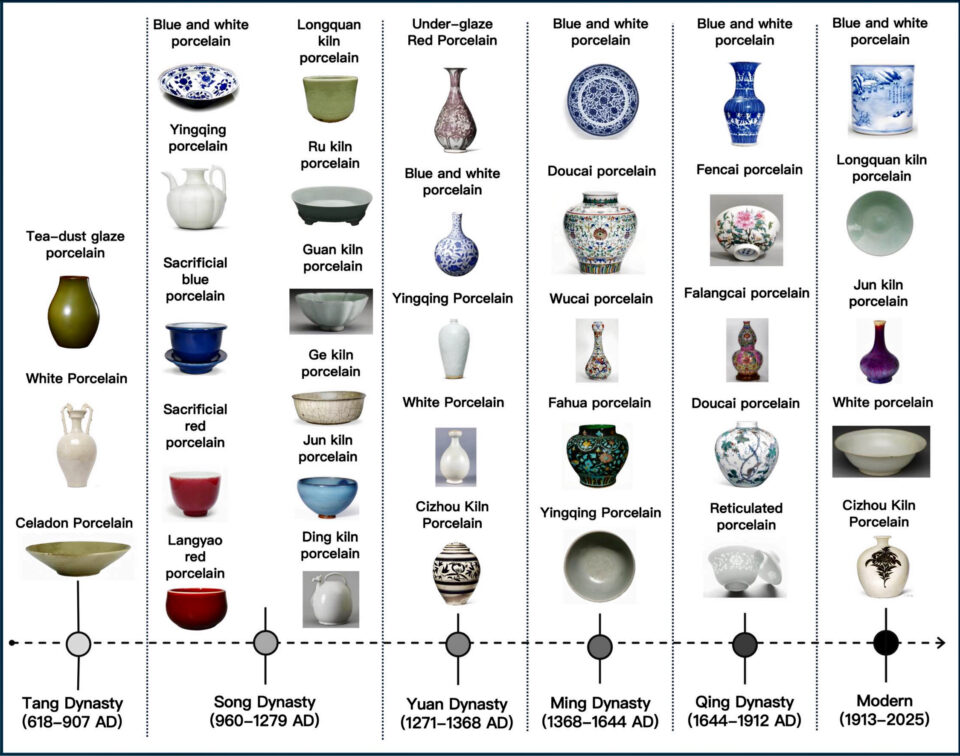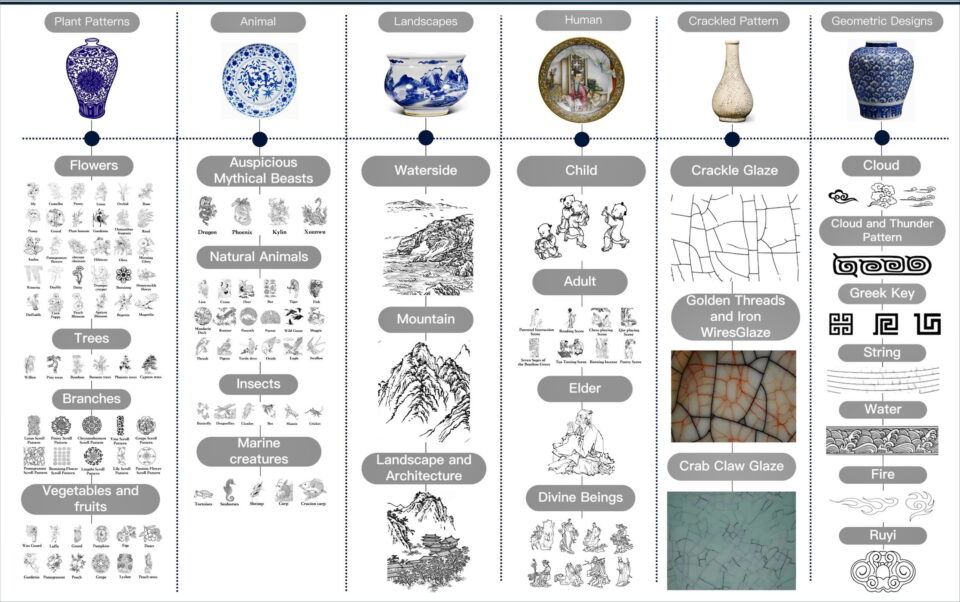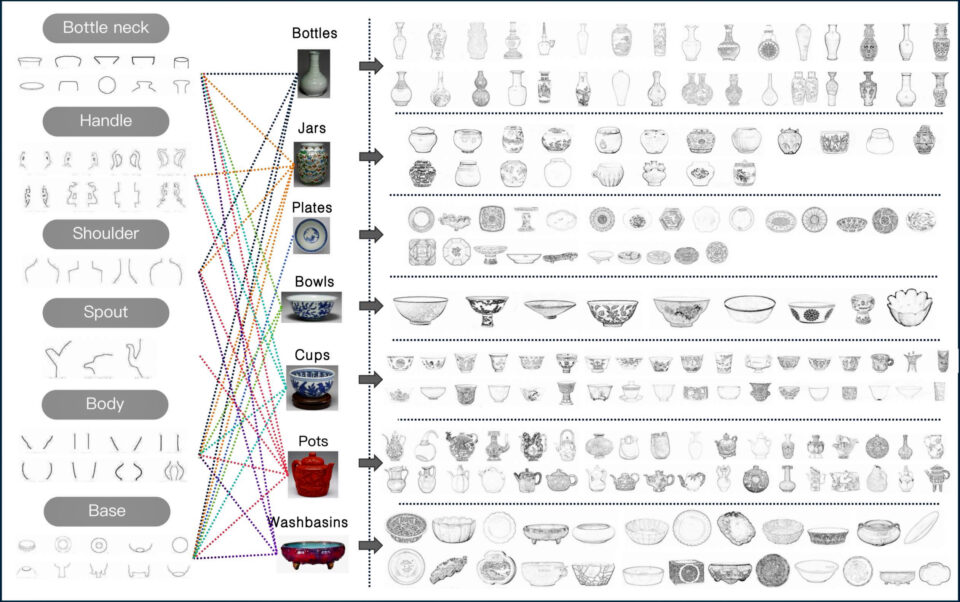Ceramics — the humble mix of earth, fire and artistry — have been part of a global conversation for millennia.
From Tang Dynasty trade routes to Renaissance palaces, from museum vitrines to high-stakes auction floors, they’ve carried culture across borders, evolving into status symbols, commodities and pieces of contested history. Their value has been shaped by aesthetics and economics, empire and, now, technology.

In a lab at University Putra Malaysia, that legacy meets silicon. Researchers there, alongside colleagues at UNSW Sydney, have built an AI system that can classify Chinese ceramics and predict their value with uncanny precision. The tool uses deep learning to analyze decorative motifs, shapes and kiln-specific craftsmanship. It predicts price categories based on real auction data from institutions like Sotheby’s and Christie’s, achieving test accuracy as high as 99%.

It’s all powered by an NVIDIA GeForce RTX 3090, a consumer-grade GPU beloved by gamers, explains Siqi Wu, one of the researchers behind the project. Not a data center, not specialized industrial hardware, just the same chip pushing frame rates for gamers enjoying Cyberpunk 2077 and Alan Wake 2 across the world.
The motivation is as old as the trade routes those ceramics once traveled: access, but in this case, access to expertise rather than material goods.

“Artifact pricing and dating still heavily rely on expert judgment,” Wu said. That expertise remains elusive for younger collectors, smaller institutions and digital archive projects. Wu’s team aims to change that by making cultural appraisal more objective, scalable and accessible to a wider audience.
It doesn’t stop at classification. The system pairs its YOLOv11-based detection model with an algorithm that learned market value directly from years of real-world auction results. In one test, the AI assessed a Ming Dynasty artifact at roughly 30% below its final hammer price. It’s a reminder that even in an industry steeped in tradition, algorithms can offer new perspectives.
Those perspectives don’t just quantify heritage, they extend the conversation. The team is already exploring AI for other forms of cultural visual heritage, from Cantonese opera costumes to historical murals.
For now, a graphics card built for gaming is parsing centuries of craftsmanship and entering one of the world’s oldest and most global debates: what makes something valuable?